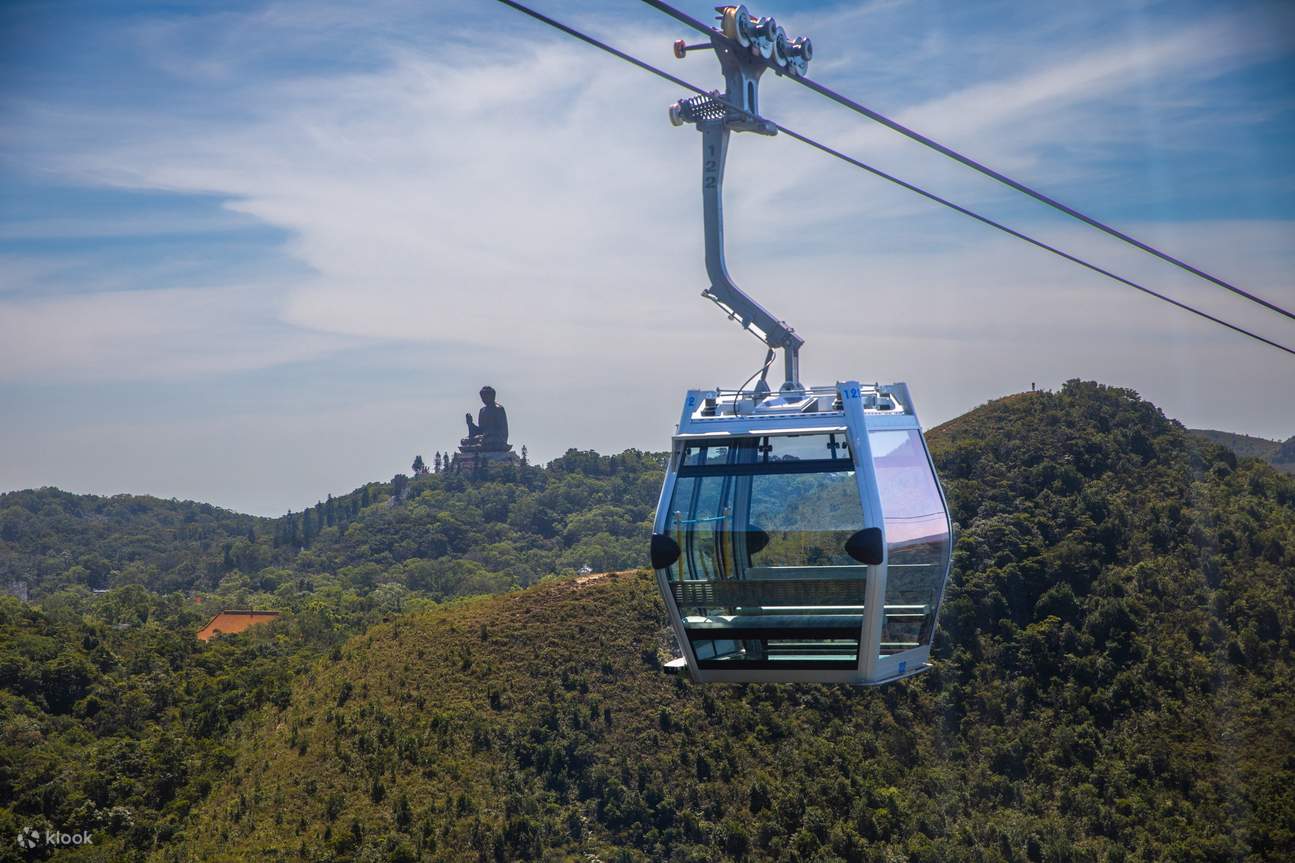The Philippines, an archipelago of over 7,000 islands, is a nation blessed with natural beauty and resources. However, this geographical diversity presents a unique challenge: how to connect these scattered islands efficiently and sustainably. Traditional infrastructure projects face enormous hurdles, from rugged terrains to high costs. Enter ropeway systems – an innovative, cost-effective, and eco-friendly solution to bridge the gaps between these islands.
The Philippine Archipelago: A Connectivity Challenge
The Philippines’ islands are a testament to nature’s beauty, but they’ve posed significant challenges when it comes to connectivity. Building roads and bridges through mountainous regions and across deep waters is costly and time-consuming. This limitation has hindered economic growth and made it difficult for communities to access essential services.
Ropeways: A Modern Solution
Ropeway systems offer a fresh perspective on addressing these connectivity challenges. These cable-based transportation systems have been utilized worldwide, particularly in mountainous regions, for their ability to traverse tough terrains. What makes them particularly appealing for the Philippines is their versatility. Ropeways can be adapted to various environments, making them ideal for both urban and rural connectivity.
Partnership for Progress: 828 Cable System Inc. and MND ROPEWAYS
The success of ropeway systems in the Philippines hinges on the collaboration between industry leaders. 828 Cable System Inc., in partnership with MND ROPEWAYS, brings a wealth of experience and expertise to the table. This collaboration promises to transform Philippine infrastructure and island connectivity.
Ropeway Solutions for the Philippines
Let’s explore the different ropeway systems suitable for island connectivity:
1. Detachable Chairlifts
Detachable chairlifts are renowned in ski resorts, but their adaptability makes them ideal for connecting Philippine islands. These systems can be tailored to meet specific location requirements, whether for conventional use or a more luxurious Porsche-style implementation.
2. Detachable Gondolas
Detachable gondolas provide high-level service in any environment, from mountainous terrains to urban settings. They’re not only easy to operate but also simple to maintain, ensuring consistent and reliable transportation.
3. Automated People Movers (APM)
Automated People Movers (APMs) are fully automated systems designed to ensure punctuality and accessibility in vital metropolitan links. These systems could revolutionize urban transportation, enhancing mobility and connectivity in cities across the archipelago.
4. Funiculars
Funiculars are versatile means of transportation suitable for both cities and mountains, particularly useful for navigating short, steep inclines. Their adaptability could provide solutions for various connectivity challenges in the Philippines.
Realizing Island Connectivity
To understand the impact of ropeway systems, let’s look at some successful projects in the Philippines. These projects have not only improved connectivity but have also brought about positive changes in local communities and economies.
Advantages of Ropeway Systems
Ropeway systems offer several key advantages:
- Environmental Benefits: Ropeways are eco-friendly, producing fewer emissions compared to traditional transportation methods. This aligns with the Philippines’ commitment to sustainability and environmental conservation.
- Cost-Effectiveness: Ropeway systems often cost less to build and maintain than traditional infrastructure like bridges and roads, making them an economically viable option.
- Safety: These systems are designed with safety in mind and have a strong track record of reliability and security.
Overcoming Challenges and Concerns
While ropeway systems offer numerous benefits, there are concerns that need addressing, including safety measures and public acceptance. Proper planning and community engagement can mitigate these concerns and ensure the successful implementation of ropeway projects.
Future Prospects and Expansion
The future looks promising for ropeway systems in the Philippines. As stakeholders and policymakers recognize their potential, we can expect to see an expansion of these networks, leading to increased island connectivity and economic growth.
Conclusion
Ropeways are not just a solution; they are a bridge to a better-connected future for the Philippines. In a country where connectivity is a challenge, ropeway systems offer an efficient, sustainable, and cost-effective means of connecting islands. The partnership between 828 Cable System Inc. and MND ROPEWAYS brings expertise and innovation to this endeavor, promising a brighter future for the nation’s infrastructure.
In a world where environmental consciousness and efficient transportation are paramount, ropeways are the way forward for the Philippines – a step towards a more connected, prosperous, and sustainable future.













